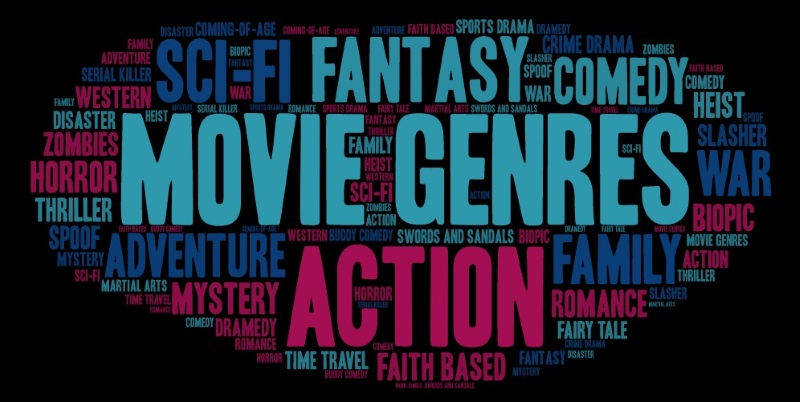Hey, today on the blog I am going to demonstrate all I know about film openings, like the key elements, the purposes and reasons, and the similarities of opening scenes. I'll also compare horror, thriller, and science fiction, also known as sci-fi.The key elements of the opening scenes are the tone, setting, foreshadowing, and conflict. The tone of the opening scene is critical to setting the mood for the rest of the film. For example, if you watch the opening scene and it's depressing, you wouldn't expect the rest of the film to be cheerful. Setting: The setting of the opening scene is where the story takes place, the plot of the story, and the audience's expectations. Foreshadowing in the opening scene tells a lot about the plot of the movie. It's important to introduce conflict in the opening scene to show the different relationships between the characters. The purpose of film openings is to grab our attention with how they introduce characters and show the genre. How the opening scenes grab our attention is important because, without it, we wouldn't watch the movie. The characters and how they are introduced in the opening scene tells the audience their personality and the role they play in the film. The opening scene reveals the genre of the movie, because the genre has a great influence on the movie. The similarities in the opening scenes are that all opening scenes share a theme and have a message to send. All opening scenes should have a hook leading the audience to an inciting incident.
Horror, thrillers, and science fiction are three very similar yet different genres. The colors of horror are red and black, while thrillers use blue, yellow, and black, and science fiction uses a completely different color palette of red, green, yellow, and blue. Horror often uses sharp violins to build suspense and science fiction uses ambient music, while thrillers often use loud motivating music, which is different to the very subtle music horror and sci-fi use. Overall, characters in thrillers are developed to be smart, unpredictable, charismatic, and brave. Character development is very important in horror to make deaths more meaningful, and science fiction uses character development to fit into the setting and structure. All of these movies' plot structures start in the opening scene. In horror films, women are often represented as victims and men are represented as monsters or heroes, while men are often represented as the main protagonists in thrillers and action movies.

There are several different types of film opening that are used across genres: prologue, inciting incident, day in the life, cold opening, and Flash-forward. The prologue gives context to what’s happening through the backstory. There is a type without the voiceover and one with it. The version without the voiceover leaves a ton of exposition to the viewer compared to the version without the voiceover. The version without the voiceover is most likely a flashback, which suggests flashbacks lack tension when done wrong. The inciting incident is a profound change in the protagonist's life that sets the scene for the rest of the movie. A Day in the Life is a type of opening scene that introduces the main character before the hectic events that take place in the film. There are two types of "Day in the Life" openings: exciting and uneventful. The exciting day in their lives displays a dramatic moment in their mundane lives (ex. spy, cop, or bank robber). While the mundane days of life establish the main character, tone, or genre without introducing conflict. Cold open is essentially a teaser for the film, not involving the main characters. Flash forward to when the opening scene takes place in the present timeline of the film, making the film lead up to that point.
://www.studiobinder.com/blog/best-opening-scenes-in-movies/
https://gizmodo.com/secrets-of-great-characters-according-to-6-science-fic-5065556
https://mythcreants.com/blog/five-essentials-for-an-opening-scene/
No comments:
Post a Comment